The Individuals with Disabilities Education Act, or IDEA, does not specifically define the term inclusion in the law itself. However, as Wrightslaw reference materials state, IDEA does require “school districts to place students in the least restrictive environment (LRE). LRE means that, to the maximum extent appropriate, school districts must educate students with disabilities in the regular classroom with appropriate aids and supports (“supplementary aids and services”). And unless a student’s individualized education program (IEP) requires some other arrangement, this is done alongside nondisabled peers in the school they would attend if not disabled.
Part C of IDEA, which addresses Early Intervention services, uses the concept of educating the child in the natural environment. This means settings and activities that are normal for a child’s same-age peers in their community who have no disabilities or developmental delays. It is the place or event the child would likely be or engage in if they did not have a disability or delay.
Education services continue to shift from a pull-out model (the student is pulled from a general education classroom to go to a special education class and/or OT, PT, or Speech Therapy) to a push-in model (services/specialists are brought into the gen ed classroom) which supports the IDEA concepts of LRE and the natural environment. In addition, learning environments and teaching strategies are now getting savvier with key elements that incorporate principles of Universal Design for Learning (UDL).
Here are a few ideas to consider for inclusive school practices:
- Flexible Learning Spaces: Allow furniture that meets a variety of physical and sensory needs. Collaborative desks that adjust in height are ideal for accommodating students that may want to stand to work, or a student who uses a wheelchair. Allow supported soft seating options and use portable surfaces like a slant board or a weighted lap desk to ensure stability with fine motor tasks. Portable dynamic seating like this classroom pack accommodates a variety of options for students that need to wiggle, which may help with focus and attention. Some students need additional trunk support and/or more defined spatial boundary definition that options like the Rifton Compass Chair offers. Sensory spaces like a Chill Zone Corner may help support Social Emotional Learning (SEL) skills with self-regulation.
- Support peaceful hallway transitions: Sensory pathways are becoming a popular tool to allow all students to take a movement break in the hallway between classes. For students with special needs, these tools are essential to provide needed vestibular (movement) and proprioceptive (deep touch pressure) input which may help reduce meltdowns during transitions. Use them in targeted high-travel spots, like the media center or the pathway from the classroom to the cafeteria, as a key sensory tool for self-regulation. Younger students may benefit from using a transition object, such as a weighted stuffed animal, to provide additional sensory input and serve as a companion focal point. This is especially helpful for stressful transitions, such as from the classroom to the bus.
- Two key components of UDL that help support inclusion are to provide Multiple Means of Representation and Multiple Means of Action and Expression. Every student learns differently, so providing options for visual, auditory, kinesthetic, and other sensory systems helps tap more uniquely into individual strengths. Students with learning and/or attention differences, for example, may need additional visual cues to support auditory directions. Tools like a visual schedule or a visual timer may be helpful. Fidget tools offer tactile input and may help support focus and attention. Other reasonable accommodations include options for fine motor skills like adapted paper, adapted scissors, and supportive writing tools. Students who need assistance with processing auditory information or have a language barrier may benefit from using augmentative communication tools like Boogie Boards, Go Talk, or Mantra Lingua to assist with understanding and relaying information.
- Although academic skills may seem to take precedence, daily living skills—especially feeding skills—should also be a consideration for inclusive practice. Snack times and mealtimes are key opportunities to practice social skills, and many students with special needs may need additional support with sensorimotor skills during this critical peer time. A preschool child with autism, for example, may be a picky eater with touch sensitivities, which can lead to meltdowns. The ezpz Happy Mat is an aesthetically pleasing solution to present separate food choices that may appeal to this child. It can also seamlessly work for other students in the classroom. Older students with fine motor issues may benefit from adapted utensils and stabilization aids like Dycem non-slip material.
A strong, inclusive classroom has general education and special education teachers, as well as related service providers, working collaboratively to provide creative solutions. Studies show that inclusive classrooms are beneficial for all students. Students with special needs have reduced absentee rates, develop stronger reading and math skills, and are likelier to pursue jobs and/or continue their education past high school. Typically-developing peers benefit as well. They are more tolerant of differences, show increased positive self-esteem, and are more likely to develop diverse, caring friendships. Check out our website for more ideas about tools and resources for inclusion in the classroom.
Cecilia Cruse
Cecilia Cruse, MS, OTR/L has a BS degree in Occupational Therapy from the University of Florida, and her Master’s degree in Education from Georgia State University. She is SIPT certified and has over 25 years’ experience in pediatrics with school-based services, acute care, and outpatient pediatric settings.
Read more posts by Cecilia Cruse–>

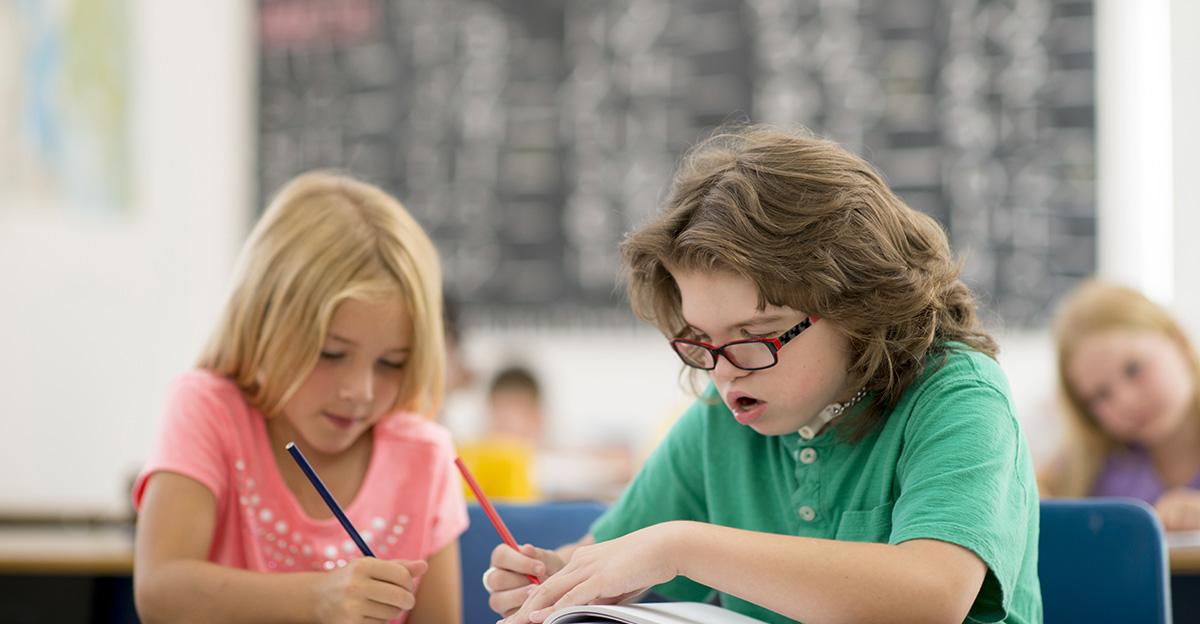
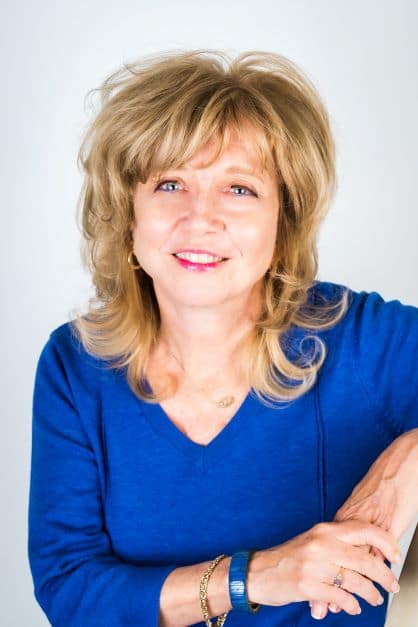
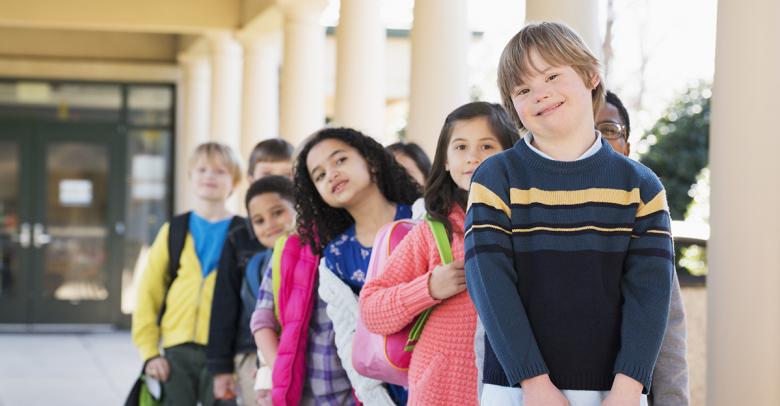
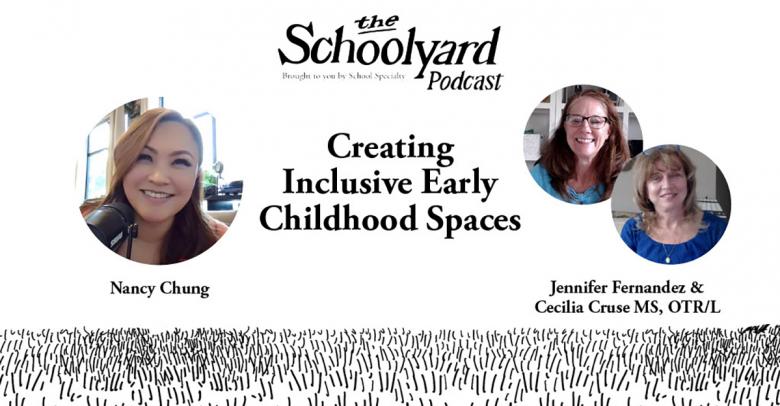
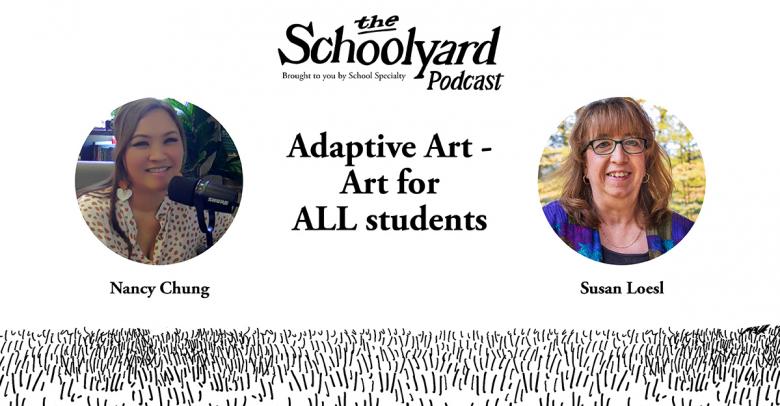
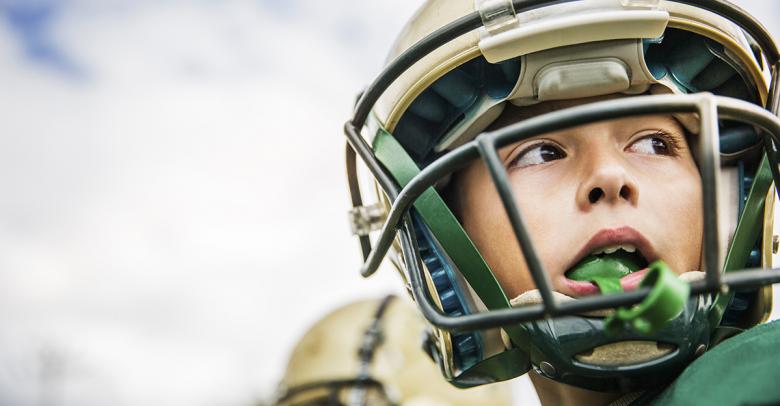
Leave a Reply